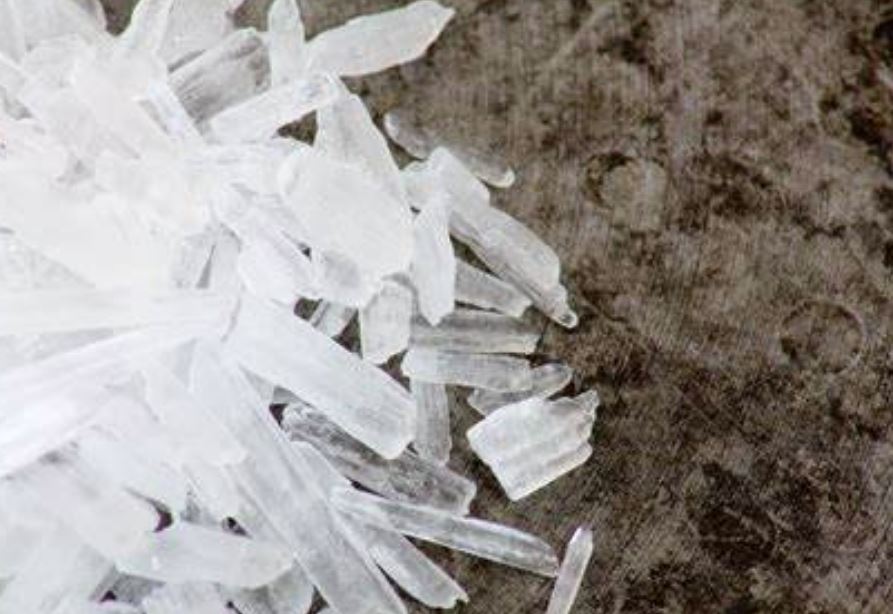Addiction Recovery Bulletin
SPEEDING TOWARDS OUR DEMISE –
April 27, 2021 – As the pills piled up, Jon DeLena was shaken. He’d lived through a spike in cocaine trafficking in Miami in the early 2000s and the dramatic rise in heroin and fentanyl use in New England in more recent years — the one that had left thousands dead because of overdoses.
But the veteran Drug Enforcement Administration (DEA) Special Agent in charge of the New England Field Office had never seen such a stark uptick as what he was seeing with methamphetamine use, and its ingenious delivery method: fake Adderall pills. These were piling up in seizures across a region that had not been known to have a significant methamphetamine-consuming population. “We’re seeing these pills,” he said, pointing to the replica Adderall on a table in front of him.
“They’re showing up all over New England but specifically here in New Hampshire. In all four corners of the state, we’re seizing these pills. And they’re deadly, and we need to get the message out there.” It may be too late. The pills, while still concentrated in areas like New England and representing just a small percentage of methamphetamine consumption, are eerily reminiscent of how fentanyl exploded through the region, tearing through communities in the form of an array of falsified pharmaceuticals. Exact figures on drug use are difficult to obtain, experts say, since surveys of consumers belie the use of stigmatized drugs like methamphetamine. The drug is also heavily used in poorly surveyed rural areas. The US Department of Health and Human Services counted about two million people who took methamphetamine in 2019, roughly the same number as in 2015. RAND, however, estimated more than three million methamphetamine users in 2016, a 50 percent increase since 2006. Cocaine use, meanwhile, appears to have declined in recent years. RAND estimated there were just over two million cocaine users in 2016, down from nearly four million in 2006. And its survey tallied over two million heroin users, up about 30 percent since 2006, but still far below the number of methamphetamine users.
more@InsightCrime
The post The United States Of Meth appeared first on Addiction/Recovery eBulletin.
